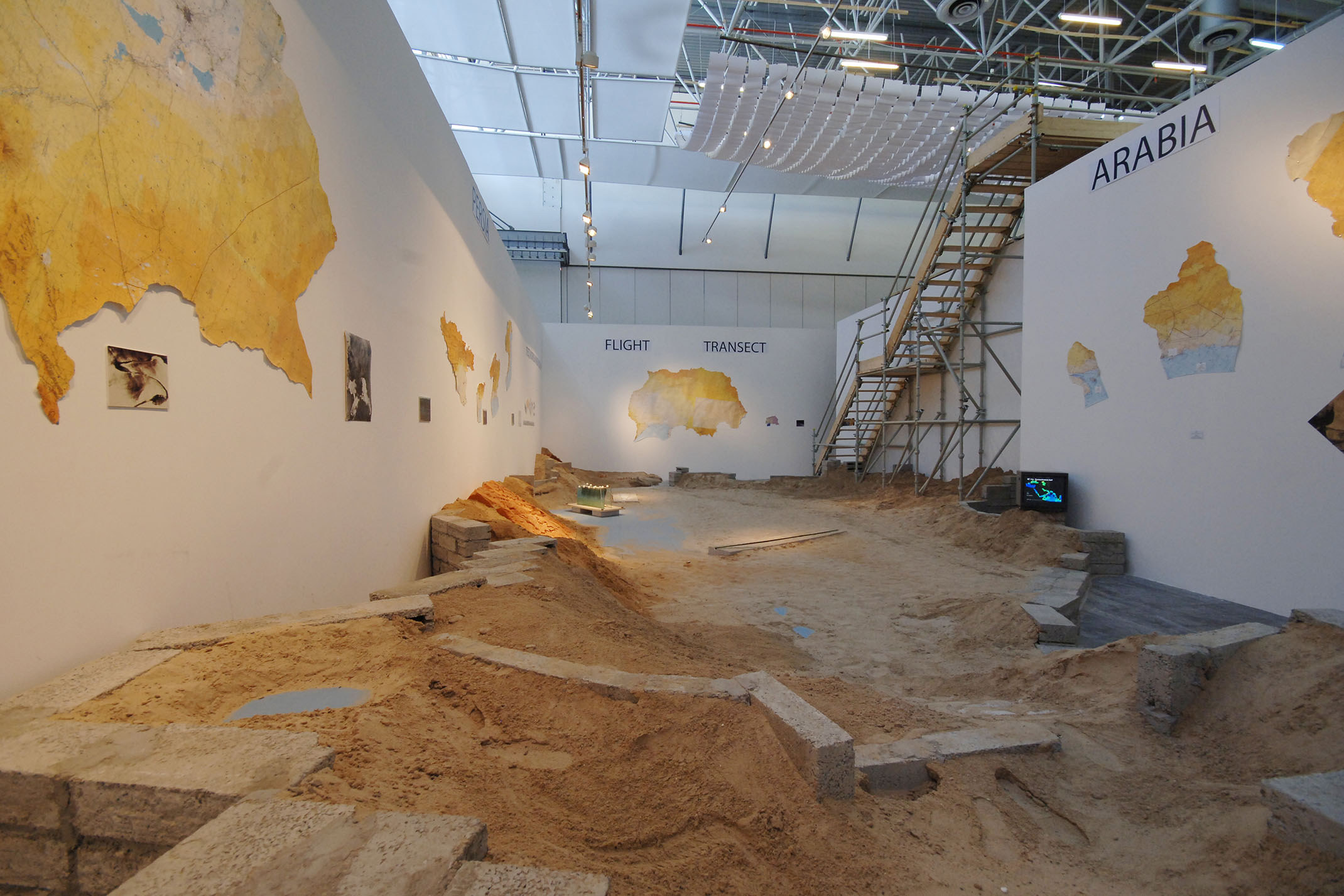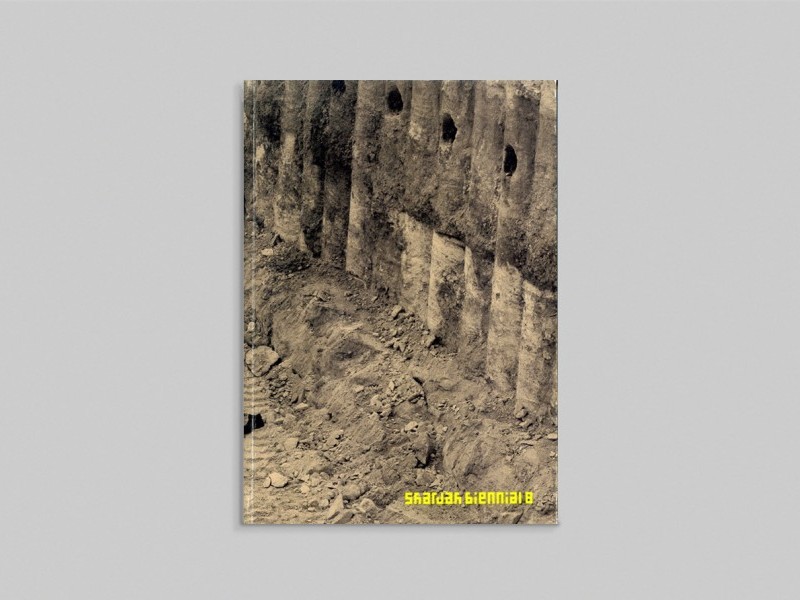The immense wealth from geological deposits of petroleum generated in the past century, and possibly still generated for another century, gives those living in most of the semi-arid or arid regions where petroleum is found - namely Arabia and Iran - an opportunity unique in human and geological history:
to return what is now desert to savannah,
to increase seaweeds and fishes in salt seas,
to restore one-time hordes of wild-land animals.
This opportunity is available to the entire Persian Gulf basin.
The wealth generated can be invested in a broad array of construction and engineering projects, inland, along the shore and offshore. Large structures can be built at the head of the Gulf, as recent history shows, most dramatically in the 1980s. But large structures can also be built along the rivers and wadis feeding the Gulf, from southeast and northwest, deep inside Saudi Arabia or Iran. And even with the concavity of lands tilting and, if watered, draining into the United Arab Emirates, into the south coast of the Gulf, a 10 or 20-year programme can be conducted to restore the water cycles, both in the air and in the ground, for a gradual recovery to ancient fecundity.
For Sharjah, physically, I focus on a very small concavity within the Persian Gulf basin. The concavity is a small part of an intermediate basin, that of all lands draining into the coastal saltwaters of the United Arab Emirates. The concavity comprises just two ephemeral river basins, or wadis, flowing on occasion to the Gulf from the mountain ridge less than 100 km east of Sharjah. A thorough trek will be made over these two wadi basins: Wadi Yuddayah, sloping into Sharjah; Wadi Lamleh, sloping behind a low ridge northwards to the coastal shoals of Jazirat al Hamra. During the trek, I will be finding out where, how and in what sequence structures derived from Earth Art can be installed in the wadi basin or offshore, to induce more animal habitat, largely underground, stronger water cycles, and the return of nutrients offshore to human use as methane gas. The governing paradigm for continuous exchange between methane, oxygen and carbon dioxide comes from Joseph Beuys’ sculpture Fat Corner. The molecule essential throughout this exchange is water. The means of assuring its presence, in line with Water: A Natural History, is provided by those activators of the soil with water: animals.
This project was part of Sharjah Biennial 8.



